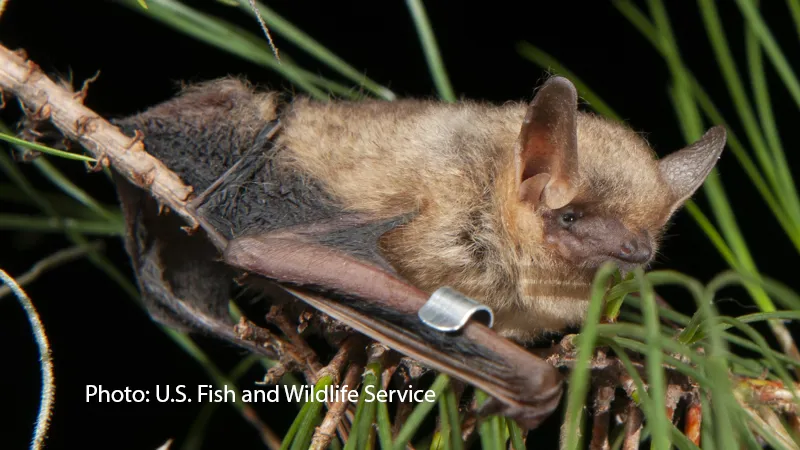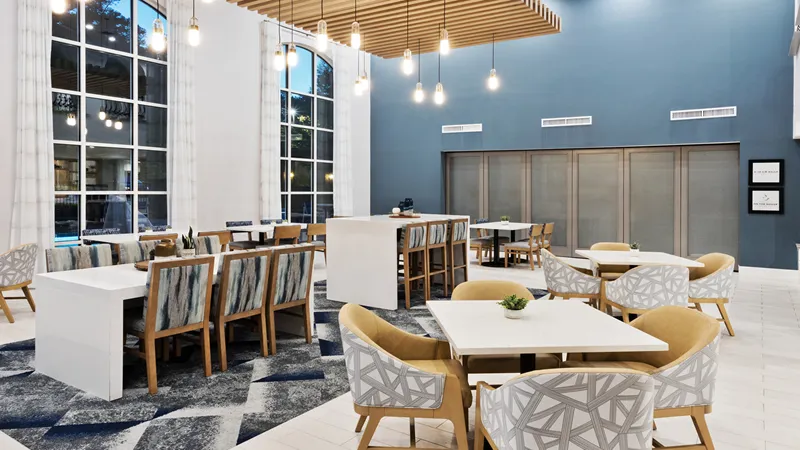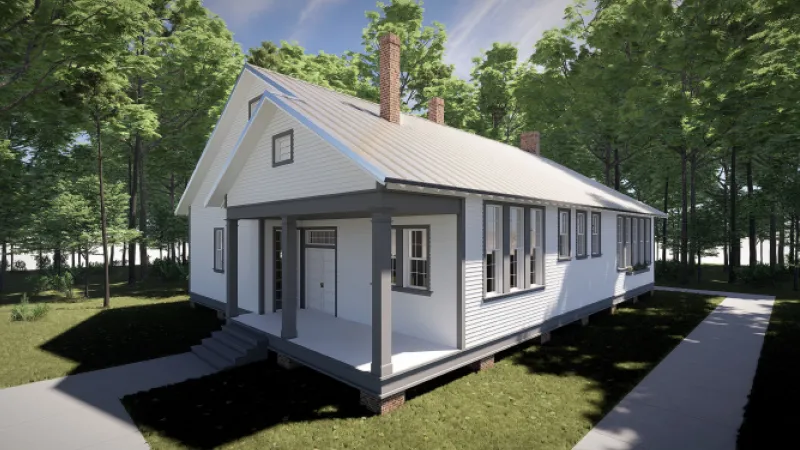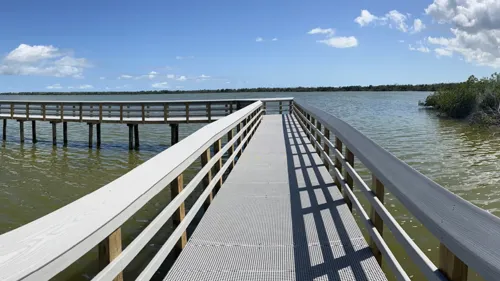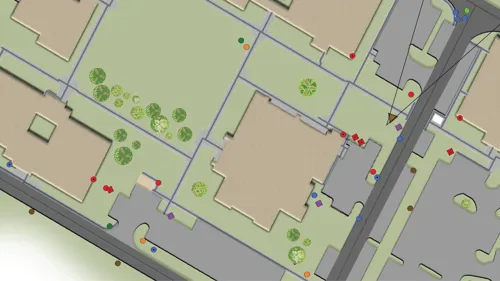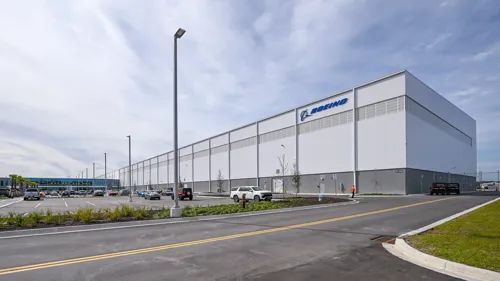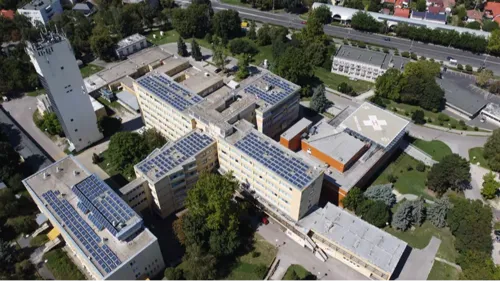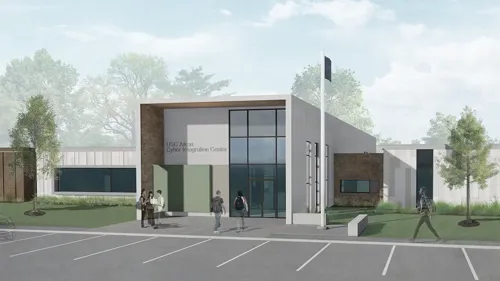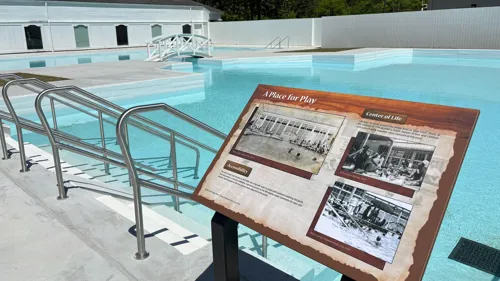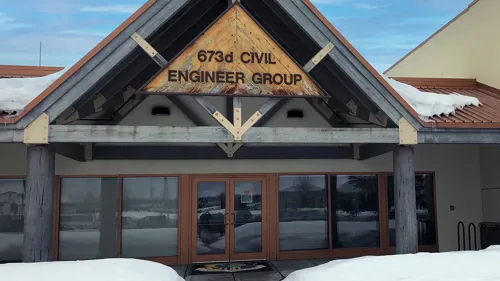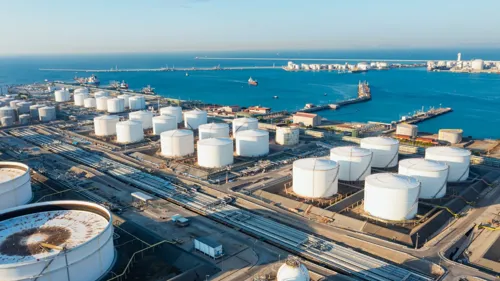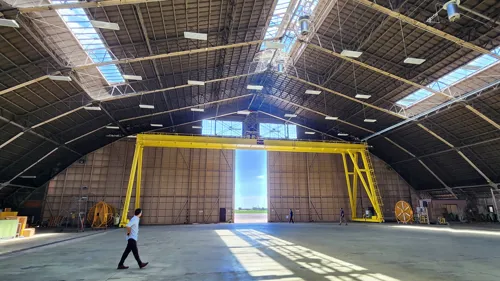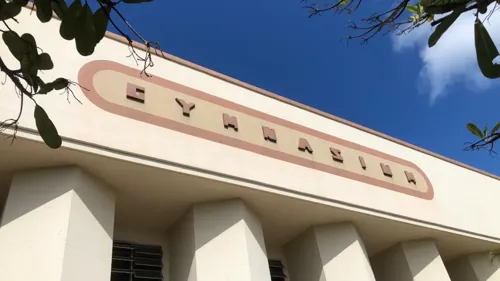Fast-Tracking FSRM: Concept Designs That Drive Results

Introduction
The Pacific Air Forces (PACAF) sustains one of the most geographically dispersed and operationally demanding missions in the world. For installations where every day of downtime matters, Facility Sustainment, Restoration, and Modernization (FSRM) projects are critical. But traditional design-bid-build processes often move too slowly for urgent repairs or mission-critical modernization.
The Pond-CDM Smith team’s fast-track concept design approach of delivering executable 15% to 35% concept packages—complete with cost modeling, phasing, and Unified Facilities Criteria (UFC) compliance—has become a cornerstone of PACAF success. By working directly with installation Civil Engineer Squadrons (CES) and mission stakeholders, Pond helps reduce project risk, compress schedules, and position projects for faster funding and execution.
PACAF’s FSRM Execution Initiative achieved measurable impact — delivering 169 distinct design and planning deliverables across nine main operating bases and six geographically separated units (GSUs) in just 36 months, compressing years of conventional effort into a single, unified program. These results underscore the value of a charrette-driven, collaborative model built on technical rigor and accountability.
Driving Collaboration and Speed
Across every project, several shared principles drive success:
- Early alignment with installation leadership: Working directly with Civil Engineer Squadrons and mission users ensures every concept supports operational priorities and constraints.
- Lifecycle-cost rigor: Each design integrates energy modeling and LCCA to inform smart, sustainable investments.
- Mission continuity planning: Construction phasing and temporary facility strategies are embedded at the concept stage to minimize downtime.
- Resilience and sustainability: Seismic, storm, and corrosion protection measures are front-loaded into every design package to extend facility life and reduce O&M costs.
High-Impact Concept Design Across the Pacific
General Purpose Maintenance Hangar – Joint Base Pearl Harbor-Hickam, Hawaii
When the 15th Wing identified the need for additional maintenance capacity to support C-17 operations, Pond-CDM Smith delivered a planning charrette and concept design for a 55,061-square-foot General Purpose Maintenance Hangar. Analyzing seismic performance, typhoon resistance, and Anti-Terrorism/Force Protection (AT/FP) compliance, the team presented two options: adaptive reuse of the historic Hangar B1055 or new construction.
The design concept integrated high-expansion foam fire suppression, overhead cranes, and modern mechanical and electrical systems, creating a fully executable design path. This early work proved decisive.
It enabled the hangar to compete successfully for federal funding and secure inclusion in the FY 2026 Military Construction (MILCON) appropriation for design. Without this concept-level foundation, the project would not have met the readiness, cost, and documentation standards necessary to enter the Air Force’s MILCON program.
Now part of Hickam’s long-range flightline modernization effort, the General Purpose Maintenance Hangar demonstrates how early, installation-aligned concept design translates directly into funded infrastructure projects that strengthen Pacific mission resilience.
Dormitory Renovations – Andersen Air Force Base, Guam
At Andersen AFB, Pond-CDM Smith developed 35% concept designs for full renovation of three major dormitories — Palau (B25016), Rota (B25017), and Saipan (B25007) — totaling more than 166,000 square feet. The work addressed storm damage, mold, drainage deficiencies, and system obsolescence, integrating high-efficiency HVAC systems, new electrical distribution, full fire protection modernization, and UFC 4-010-01 AT/FP compliance.
Each concept included detailed cost estimates, draft DD1391 documentation, life-cycle cost analysis (LCCA), and compliance with UFC 1-200-02 High-Performance and Sustainable Building (HPSB) standards. The designs also incorporated 40-year NIST BLCC studies to validate long-term value and energy efficiency.
By developing executable code-compliant solutions at roughly 52% of MILCON replacement cost, Andersen AFB gained a clear, fundable path to modernizing critical housing stock. The designs also addressed environmental damage from Typhoon Mawar (2023) through enhanced envelope protection, corrosion-resistant systems, and regraded drainage to prevent flooding, improving both livability and quality of life for Airmen.
Enclosed Aircraft Wash Rack – Joint Base Pearl Harbor-Hickam, Hawaii
Aircraft operating in the Pacific’s salt-laden environment face constant corrosion risk. To extend aircraft service life and maintain operational readiness, Pond-CDM Smith developed the concept design for a 53,434-square-foot enclosed wash rack at Hickam.
The facility is designed for Seismic Design Category D, with typhoon-rated framing, tsunami compliance, and LEED Silver-aligned sustainability. Concept deliverables included environmentally compliant oil-water separation systems, secure SCIF-ready communications, rough-order-of-magnitude (ROM) cost estimates, and furniture, fixtures, and equipment (FF&E) packages — from high-pressure wash systems to overhead cranes. Phased construction strategies embedded in the design ensure mission continuity during execution.
The result is a fully scoped, executable project ready to advance directly to Design-Build procurement, positioning Hickam to reduce corrosion costs and improve aircraft maintenance efficiency.
Airfield District Plans – Andersen and Tinian, Guam and the Northern Mariana Islands
Supporting PACAF’s Agile Combat Employment (ACE) strategy, Pond-CDM Smith developed executable airfield district plans for Andersen Northwest Field and Tinian North Field. These plans convert ACE principles into phased, fundable infrastructure: runway recovery, taxiway expansion, hardened utilities, and expeditionary support zones.
Each plan balanced operational flexibility with cultural and environmental stewardship, integrating historic preservation and natural resource protection to expedite approval and reduce risk. The resulting master plans now guide funding, programming, and construction sequencing for distributed operations across the Pacific, providing a roadmap for rapid mission deployment and long-term infrastructure resilience.
Conclusion
From hangars to housing, Pond’s fast-track FSRM process accelerates PACAF’s ability to sustain readiness, modernize infrastructure, and deliver results across the Indo-Pacific. By combining disciplined engineering with agile delivery, the firm transforms 35% concept designs into executable projects that move quickly from backlog to groundbreaking.
The results speak for themselves: Exceptional performance ratings and infrastructure built to keep pace with the mission.
Pond is proud to partner with PACAF installations to shape resilient, responsive, and ready infrastructure that supports U.S. air power across the Pacific. Learn more about Pond’s mission-critical federal work in the Pacific.

